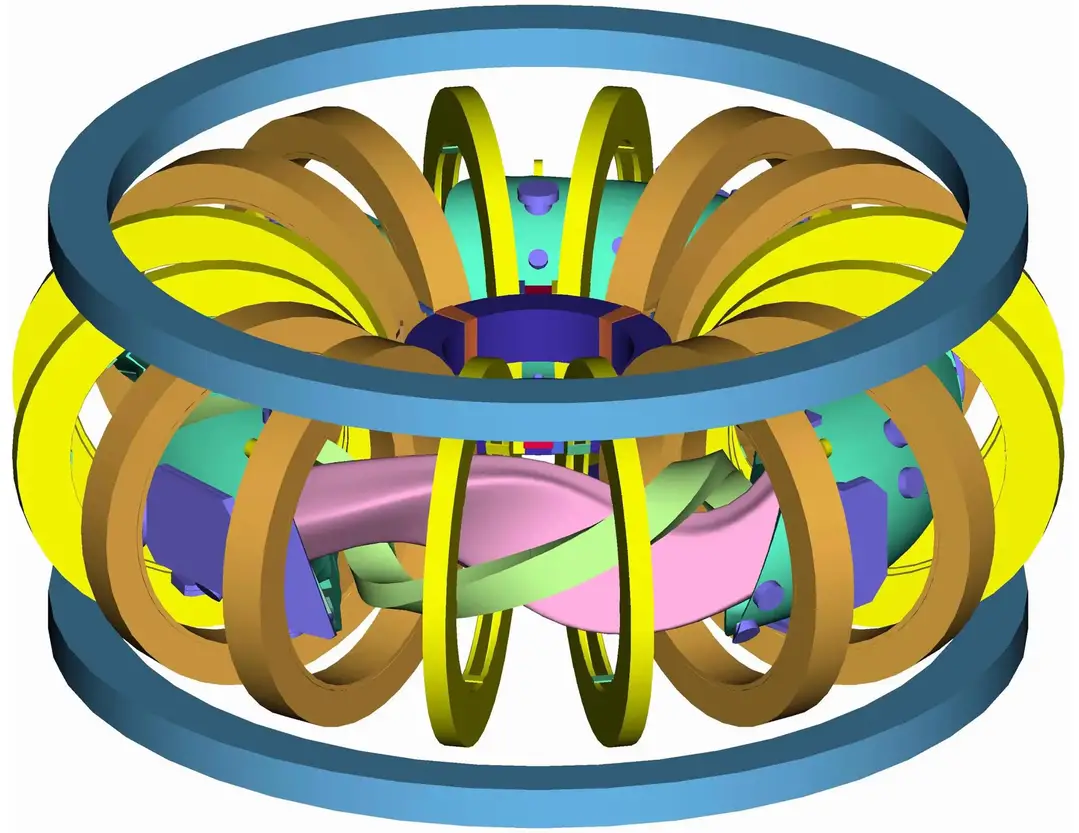The microwaves that are cooking plasma are making the possibility that we see a fully functioning fusion reactor quite soon. The microwave system boils plasma or ions and anions to extremely high temperatures. Then the system just smashes those particles together and makes the fusion possible. The problem with fusion reactors is that they require extremely high temperatures. And then the system should keep the plasma away from the reactor walls.
The system can make that thing by using very powerful magnetic fields. Then the system must create more energy than it uses. Energy production must not continue non-stop. There is a possibility that reactors give the energy pulses. And then. The system will store that energy in the capacitors.
Then that system will make deliver energy through those capacitors. And that keeps energy delivery stable. The fusion impulse can create extremely high energy levels. And the system can store that energy the fusion reactor must not operate the time with full power. That keeps its temperature better under control.
The fusion rocket.
The same systems can ignite and collect energy from fusion. The second image could portray the system where the main fusion happens in the torus-type reactor structure. In that system, the radiation or particles that the fusion sends will be captured, by using those toruses. Those smaller toruses can also use to ignite the main fusion. The system could be a hybrid engine that uses antimatter and fusion at the same time.
There is a possibility that the anions and ions will impact those tubes or the system can use the antimatter for making a powerful energy impulse that ignites the fusion. So the system uses antimatter starting the main fusion, and while the fusion is stable. It can collect particles and turn part of them into antimatter.
The fusion material will inject into the artificial sun through the net-looking structure. The system can use graphene as the structure where the fusion will happen. Originally that image portrayed Dyson's sphere that some hypothetical civilization can use to harvest energy from stars. But the same and smaller-scale system can make energy for spacecraft.
If the system pushes the particles through rotating magnetic fields that are in the middle of the torus. Their energy level can turn very high. And they can give the craft an extremely high speed.
More conventional models.
There are two ways to make a fusion rocket. In the most common vision, the fusion rocket is the regular rocket that uses fusion as the combustion replacer. The simplest way is to use lithium pellets that are covered with a plutonium core.
Those lithium pellets that could look like lithium batteries will ignite by using laser systems. In some more advanced models, the fuel system pumps the Helium 3 and some other gas that can be ionized to the ignition chamber. And then lasers and microwaves. Along with magnetic fields will make the fusion reaction and thrust the rocket.
Then in the last scenario, the torus-type or tokamak reactor will use as the power source for the electric rocket engine. The ions and anions will shoot into the magnetic field. That is in the middle of that torus. The ion system will accelerate those particles. And that system can create a specific impulse that is higher than any other ion engine. The anions that are jumping upward from that magnetic field are pushing against the front wall of the fusion engine.
The fusion system also can use to create the WARP bubble. The system sends the powerful energy impact outside the craft, and then it can push the electromagnetic fields away from the craft's shell.
https://scitechdaily.com/from-warzone-to-fusion-power-breakthrough-in-cooking-up-plasmas-with-microwaves/




No comments:
Post a Comment
Note: Only a member of this blog may post a comment.